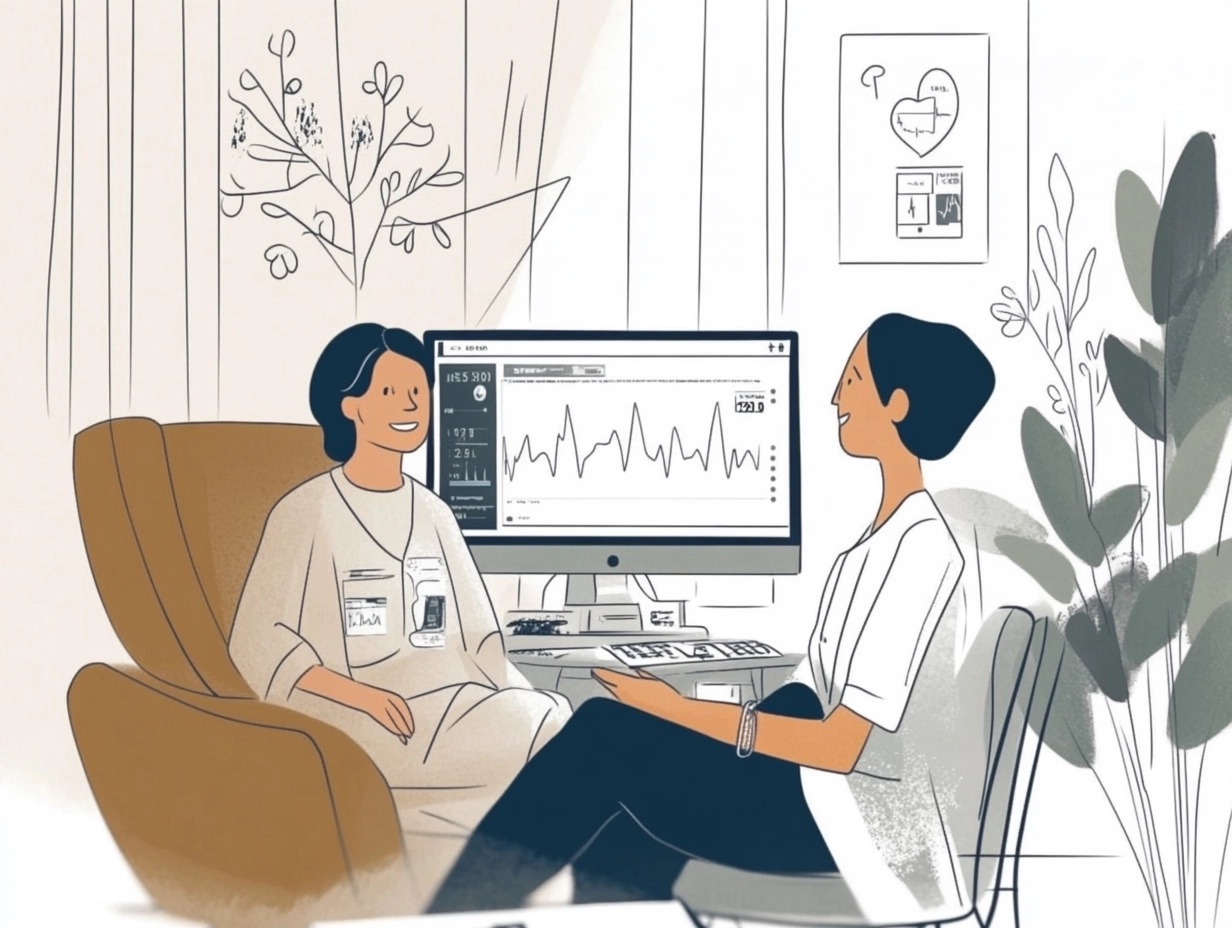Our Chief Medical Officer, Dr. Matthew White, discusses his take on a new clinical study that studied the effect of Heart Rate Variability Biofeedback on cardiac regulation and functional brain connectivity.
What did this study investigate? This one is a bit wonky, but I think it is an important addition to the HRV biofeedback literature. This was a functional MRI study, which means that instead of looking at brain anatomy they were looking at brain activity in people before and after HRV biofeedback.
What did they find? After 8 weeks of HRV biofeedback, the HRVB group demonstrated increased communication between higher cortical regions and other regions associated with emotional experience, such as the amygdala — which is a little bit famous as far as brain regions go.
Why does it matter (or why is this interesting): It’s always cool when you can see actual brain changes associated with a treatment intervention, especially when it’s something as simple as HRV biofeedback, which is basically a breathing technique. Physical changes in response to practice is obvious to runners and weightlifters, but for those of us in the neurosciences we still get a big kick out of it. In this case it is especially neat because the brain regions involved make sense, given that we know how HRV biofeedback can be helpful in mood related issues.





Leave a Reply
You must be logged in to post a comment.